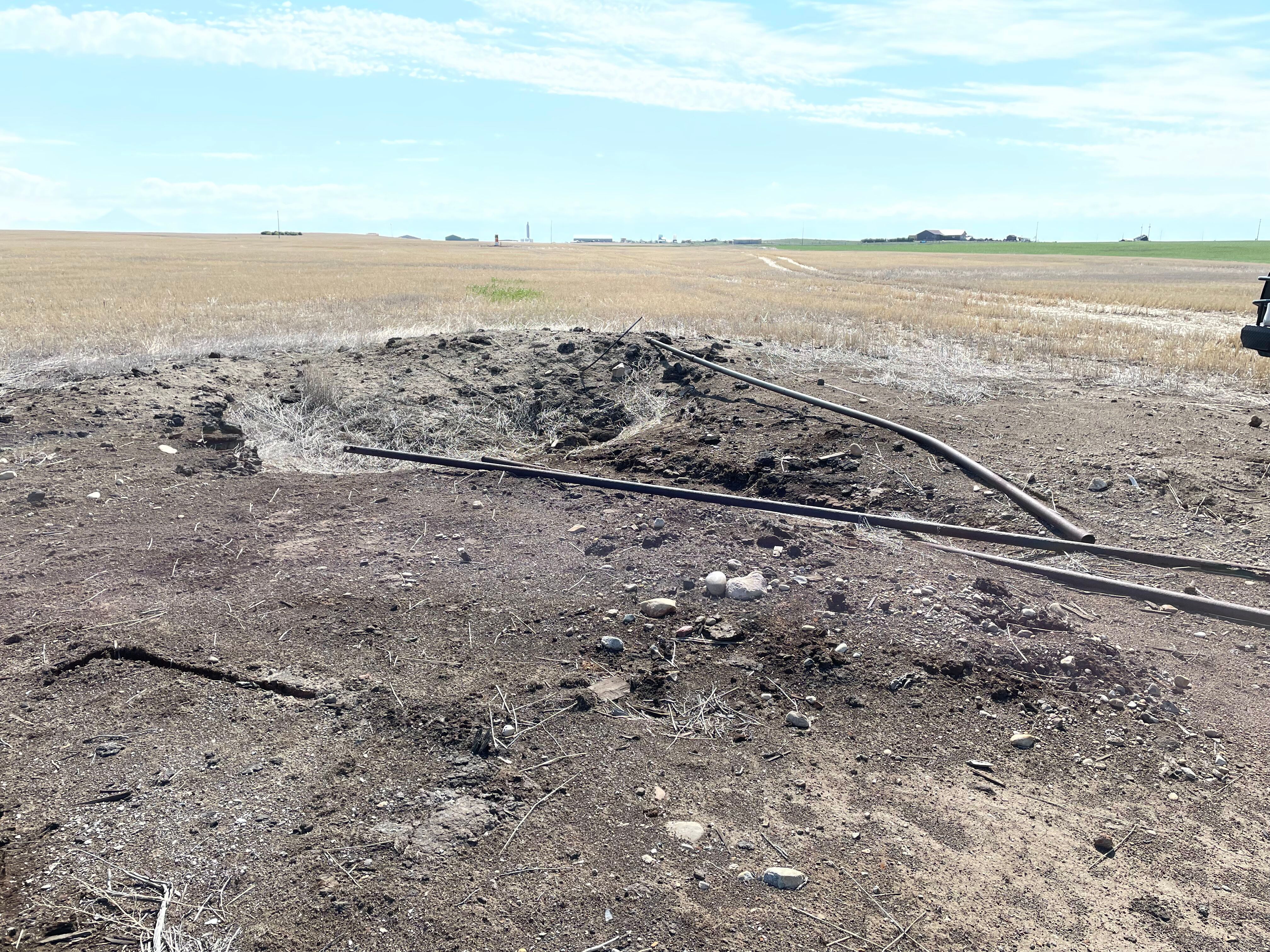Agriculture
The food we grow and consume is a key source of emissions.
Agricultural production accounts for about 11% of all US greenhouse gas emissions, mostly in the form of methane from livestock and nitrous oxide from soil management. Mitigating and reducing these emissions can be challenging: few point sources exist, and most are at relatively low concentrations.
In agricultural systems, it is also critical that emissions reduction projects engage local communities to address corresponding concerns around air and water quality and human health. Initial Lab efforts have focused on opportunities to deploy immediately available, commercialized technology for emissions reductions, and to support the research and development of new approaches.
Innovation and R&D
Effectively tackling emissions from the agricultural sector requires new technologies capable of destroying or capturing dispersed, low-concentration emissions. The most effective technologies will effectively target and destroy methane and nitrous oxide. A complementary strategy is also to modify agricultural practices to prevent emissions in the first place, such as changing fertilizer application routines. Our current Lab research supports the development of such approaches, testing the viability of new technologies and evaluating feasibility for scaling into field conditions.
Expanding Mitigation
Many existing methane abatement strategies, such as anaerobic digesters that convert manure and waste to biogas, are currently accessible only to larger farms. This excludes a considerable swath of small or mid-sized dairy and cattle operations, and misses abating their significant cumulative emissions. Expanding understanding of manure management techniques, such as covering lagoons to capture and flare their methane, has been a focus area for the Lab.
Forgotten GHGs
The high warming potential of nitrous oxide (N2O) means that any reduction of emissions of this gas can have a significant climate impact. Although agricultural N2O is emitted primarily from soil management activities like synthetic fertilizer application. Livestock manure management and use are also meaningful sources. We are exploring methods of quantifying and accounting for N2O destruction in manure management projects to better capture their total impact and improve their financial feasibility for farmers.









